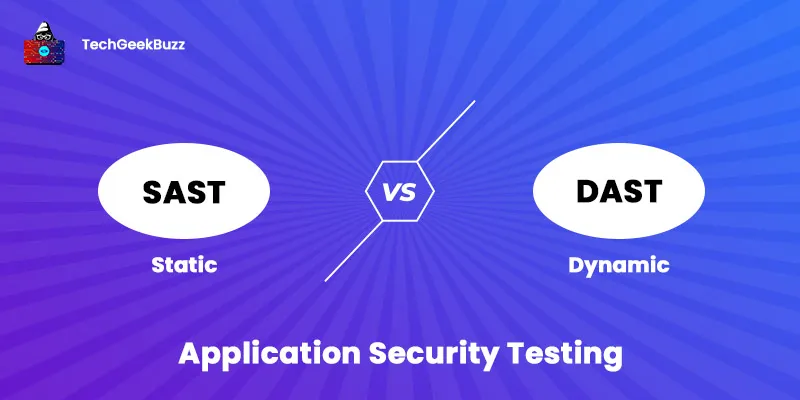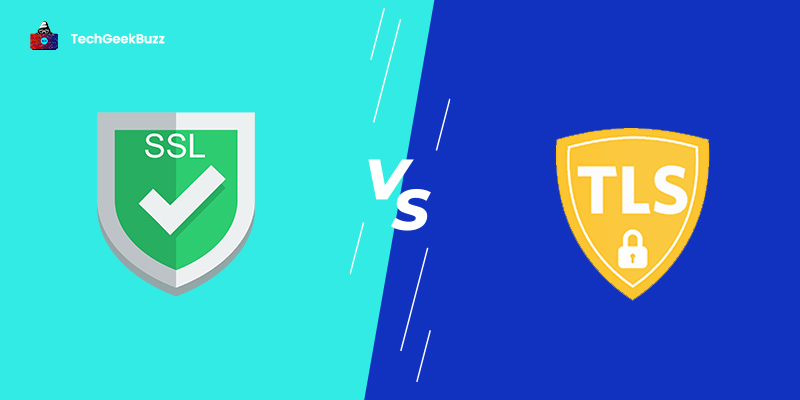Software testing is an elaborate process. There are many techniques and tools involved in ensuring that an application performs the way it is meant to be. Two of the most popular software testing techniques are SAST and DAST. In this article, we are going to look into SAST vs DAST in detail.
The success of a software application depends on the extent to which security testing is performed on it. Therefore, software testing is an important aspect of the software development life cycle .
In this blog, we will compare DAST and SAST, but before that, let’s learn more about these two popular types of software testing.
What is SAST?
State application security testing is a popular white box testing technique that is highly scalable. Since it is a white box testing technique, it requires access to the source code.
SAST examines the code before deployment to find security vulnerabilities that include SQL injection and software flaws. It doesn’t require a running system for performing evaluations. SAST is performed earlier in the software development life cycle, and the process can be automated to cut both effort and expenses.
What is DAST?
DAST stands for dynamic application security testing. Instead of viewing the source code or application architecture, the tests are carried out from outside the functioning application. Hence, it is a black-box testing method.
Moreover, it helps to find a plethora of security vulnerabilities associated with the operational deployment of an application. DAST necessitates a running system for performing evaluations. Testers executing dynamic application security tests emulate the behavior of attackers to find security flaws that might be missed by other testing techniques.
SAST vs DAST
Static application security testing is called so because this type of testing scans static code, i.e., code that is not in execution. Dynamic application security testing, however, scans dynamic code and, thus, the name.
To make the comparison between the two most popular testing techniques easier, we’ll compare them on the basis of different parameters. Let’s start with the DAST vs SAST comparison with the application state.
1. Application State
Another important parameter to compare the two types of testing is the application state. SAST doesn’t require a deployed application. Dynamic application security testing, however, necessitates a running application.
2. Prior Knowledge
In SAST, the developer has knowledge about the design and implementation of the application framework. In dynamic application security testing, the developer has no knowledge of the design, implementation, etc., of the application.
3. Run-time and Environment Issues
DAST makes it possible to uncover issues related to run-time and environment. This is not the case with state application security testing, where it is not possible to discover issues related to environment and run-time.
4. Scope of Application Analysis
Testers perform comprehensive application analysis in static application security testing. Compared to SAST and other types of testing, DAST is faster due to its restricted scope of application analysis.
5. SDLC
Although identifying and fixing bugs and vulnerabilities are easy in both SAST and DAST, it is easier in the former. Moreover, doing the same towards the end of the software development life cycle is expensive in dynamic application security testing.
SAST is carried out during the early stages of the SDLC. On the flip side, dynamic application security testing is performed during the later phases of the software development life cycle.
6. Source Code Requirement
To perform DAST, one doesn’t require the source code of the application. Contrarily, it is necessary to have source code for performing system application security testing.
7. Supported Applications
Dynamic application security testing supports only web applications and web services . On the contrary, SAST provides support for scanning other applications in addition to web apps and web services.
8. Type of Testing
State application security testing is a type of white box testing, whereas dynamic application security testing qualifies as a black-box testing practice. SAST is a developer’s approach to testing, while DAST is a hacker’s approach to testing.
In SAST, the testing of an application starts from the inside and then moves outside. Hence, it follows an inside-out approach. DAST, on the other hand, follows an outside-in approach. Therefore, in this case, the testing starts from the outside and then moves inside.
SAST vs DAST: Head to Head Comparison Table
| Aspect | SAST | DAST |
| Full form | SAST stands for State Application Security Testing. | It is a contraction for Dynamic Application Security Testing. |
| Testing type | It is a white box testing technique. | DAST is a black-box testing technique. |
| Testing approach | SAST follows an inside-out approach. It is a developer’s approach to testing. | It follows an outside-in approach. DAST is a hacker’s approach to testing. |
| Application state | Static application security testing doesn’t demand a deployed application. | DAST requires a running application. |
| Finding and fixing bugs and vulnerabilities | It is easier to find and fix bugs and vulnerabilities in SAST. | Finding and fixing bugs and vulnerabilities is easy with low cost in dynamic state application testing. |
| Prior knowledge | In SAST, the tester has knowledge of the design, implementation, application framework, and so on of the application. | In dynamic state application testing, the developer has no prior knowledge of the application. |
| Run-time and environment related issues | It is not possible to discover run-time and environment issues in SAST. | DAST can uncover run-time and environment issues in an application. |
| Speed | SAST requires comprehensive application analysis. | Dynamic state application testing is faster as it doesn’t necessitate detailed application analysis. |
| Sequence in SDLC | It is carried out during the earlier stages of the software development lifecycle. | DAST is carried out during the later stages of SDLC. |
| Source code requirement | Having the source code is mandatory in SAST. | DAST doesn’t require source code. |
| Applications supported | The scope of SAST is not limited to web apps and web services. | It only supports web applications and web services. |
Conclusion
SAST and DAST are two of the most popular types of security testing. While static application security testing scans static code, DAST involves scanning code in execution, i.e., dynamic code. Also, dynamic application security testing can only be performed on web applications and web services.
SAST, on the other hand, can be used on web apps, web services, and more. Both SAST and DAST are important to ensure that the code is secure while it is executing and also while it’s not executing.
People are also reading:




